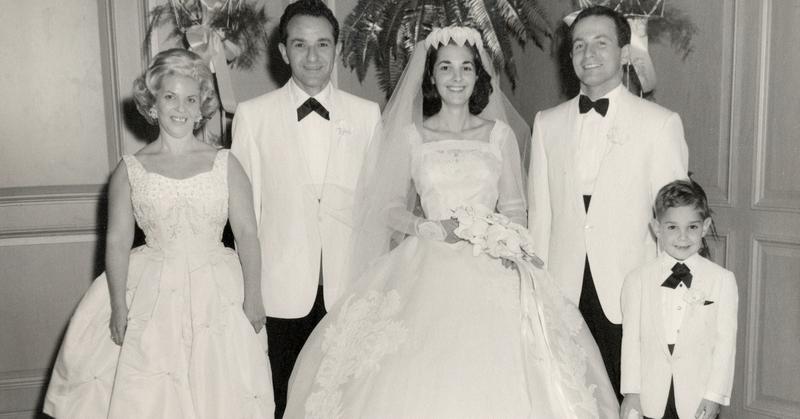1960s Life Vs. Today: Numbers That Will Astound You
By | September 17, 2019

What do we do differently now than we did 50 years ago? A look at the numbers and statistics tells us we're loosening up the customs and rules of the family, and we're loosening our belts too as we become ever fatter. We have better medicine and we spend more time in our cars. Some of the differences are stark, even shocking. Here's a look, by the numbers, at the differences in how we lived our lives in the '60s and today.
People Have Gotten Bigger

In 2015, the average American woman weighed 166.2 pounds which is a gain of 18.5% since 1960. Men have also gained weight, increasing in weight by about 17.6%, from 166.3 pounds to 195.5 pounds. The average woman today weighs about as much as the average man from the 1960s. While some of that weight gain can be attributed to the fact that Americans have gained about an inch in height, a lot of it may be due to eating and exercise habits.
Fewer People Are Choosing to Say "I Do"

In 1960, 68% of twenty-somethings were married, compared to 26% in 2008. Interestingly, there is a class-based gap, with college-educated couples being more likely to marry than those who are not. There has also been a marked increase in people who believe that the institution of marriage is obsolete, but 67% remain optimistic about the future of marriage and family.
There Are A LOT More Of Us

In the 1960s, there were many concerns about the population boom. People were concerned about mass starvation in countries like India, increased poverty, among other serious repercussions from this boom. The population has grown from 3 billion to more than 7 billion today. However, their fears were not realized, and food production has in fact increased since the ‘60s.
We Move A Bit Slower

Without a doubt, air travel has changed since the 1960s, but it has changed in some ways you might not expect. Today, flights are slower. In the 1960s, commercial flights would cruise at 525 knots while today, they cruise at 480-510 knots. The reason for the breaks being put on airplane speed is the same one that drives many decisions: flying slower saves the airline significant money. The price of oil has risen and to go faster, planes have to burn more fuel.
We Do Seem To Spend More Time On The Road

We spend more time in our cars today than we did in the 1960s. The commute time increased by about 3 minutes from 1960 to 2010, and the percentage of people who could walk to work decreased from 10% to 2.8%
And We Spend More Time With Our Kids

Parents in the 1960s spent far less time with their children than today. Moms today spend 100-125 minutes per day with their children, double the amount of time in the ‘60s, while dads spend 75 minutes per day, triple the time spent in the ‘60s.
Men And Women Are Sharing More Of The Workload

There has been a shift towards sharing workloads. In the 1960s, men worked an average of 45 hours a week outside the home and spent four hours a week on housework. Today, men work an average of 35 hours a week outside the home and spend nine hours a week on housework. The opposite is true for women. Women spend less time on housework than they did in the ‘60s and they put in more hours working outside the home.
We Smoke Less

People are smoking a lot less. For men, in 1960, approximately 51% smoked, but that number decreased to approximately 21% in 2011. For women, approximately 33% smoked in the 1960s, with the percentage dropping to approximately 16%. This could be due to the increase in taxes on cigarettes or the decreasing acceptance of smoking, making it more difficult for people to smoke in public settings.
And Spend More On Healthcare

Spending on our health has increased dramatically from 5% GDP in 1960 to 18% in 2017. There has also been a shift in who pays for health-related expenses. In 1960, consumers paid for half of their hospital care and 96% of their prescription costs. The advent of Medicare and Medicaid in 1966, as well as the rise of private insurance companies, led to a decrease in out-of-pocket expenses.
